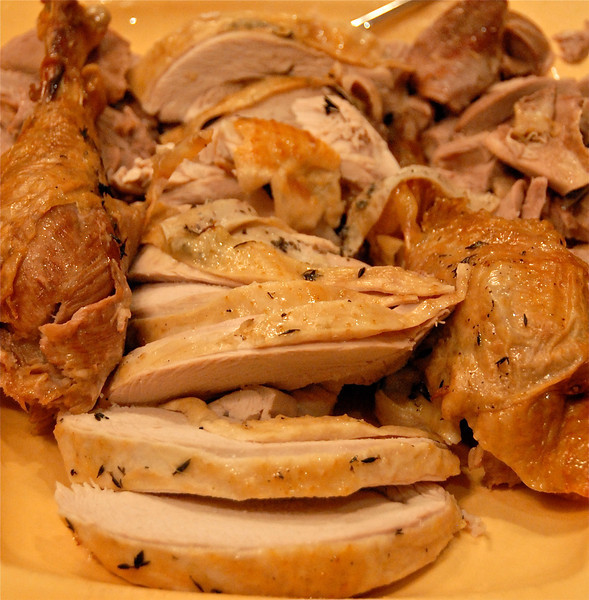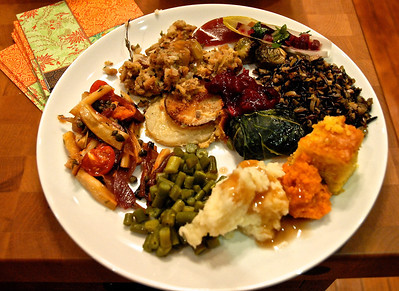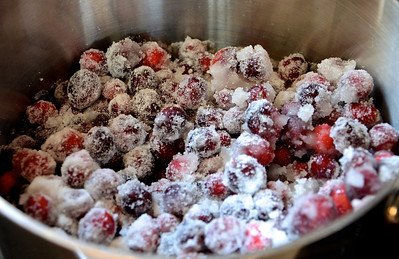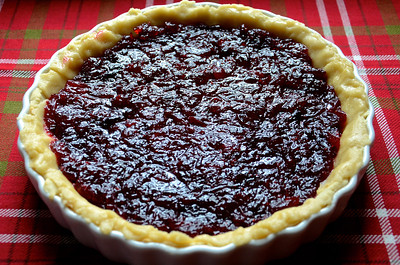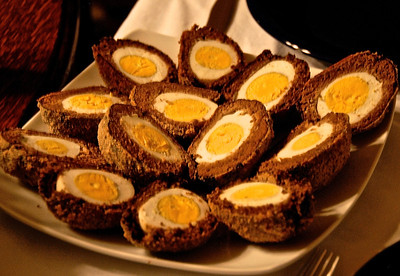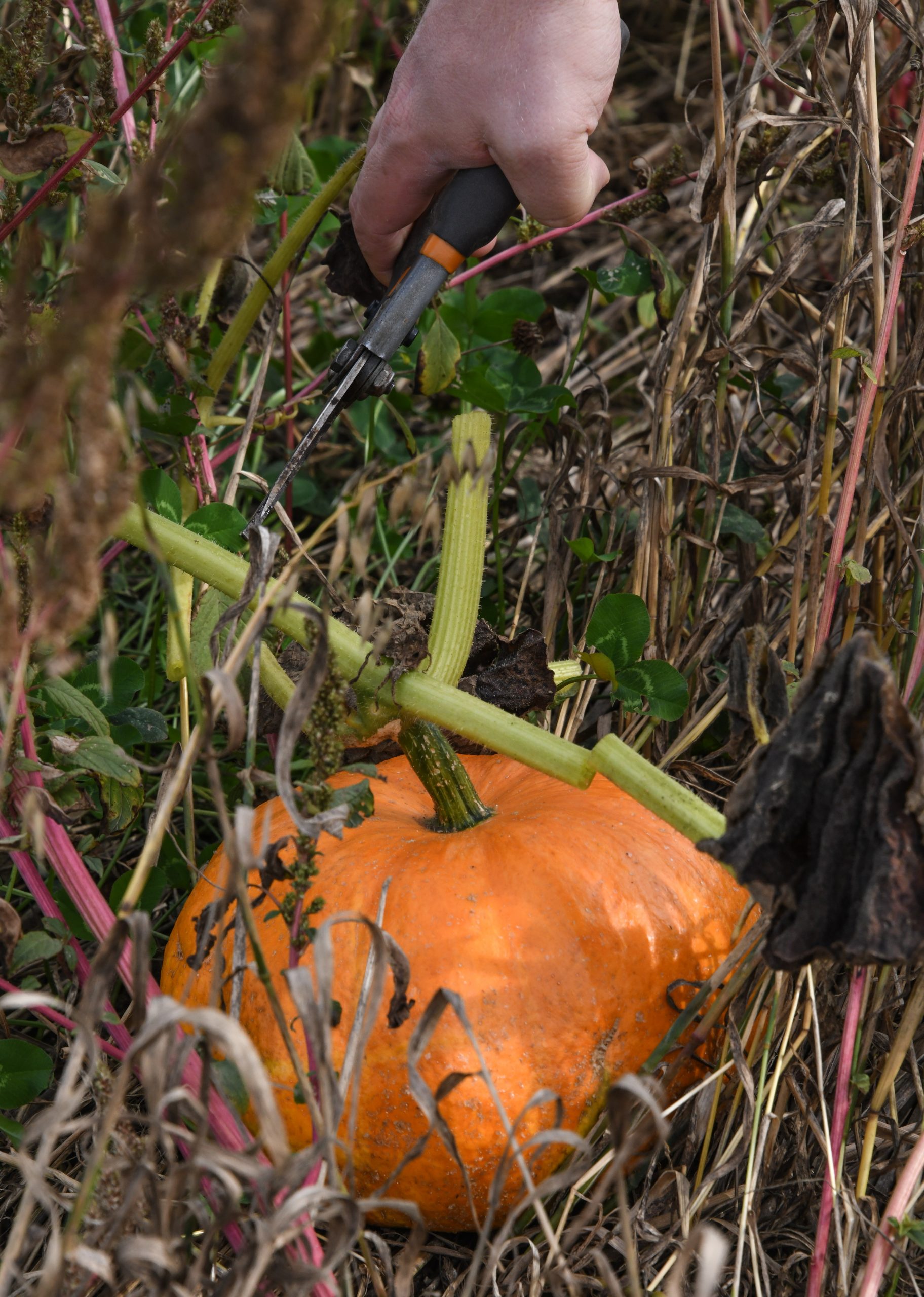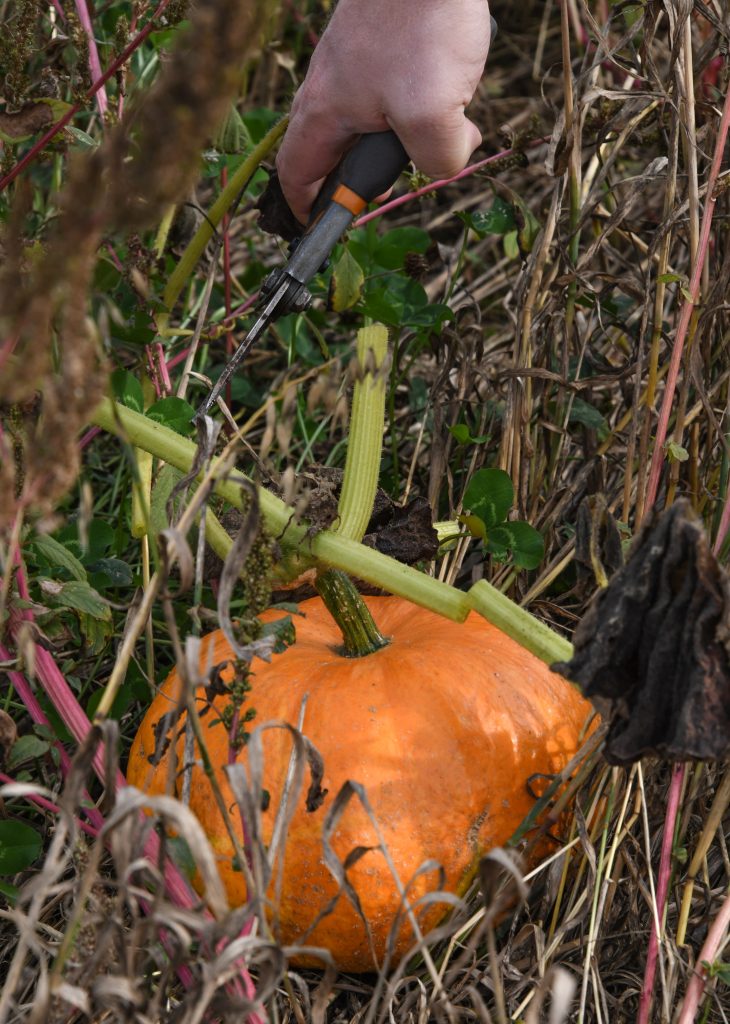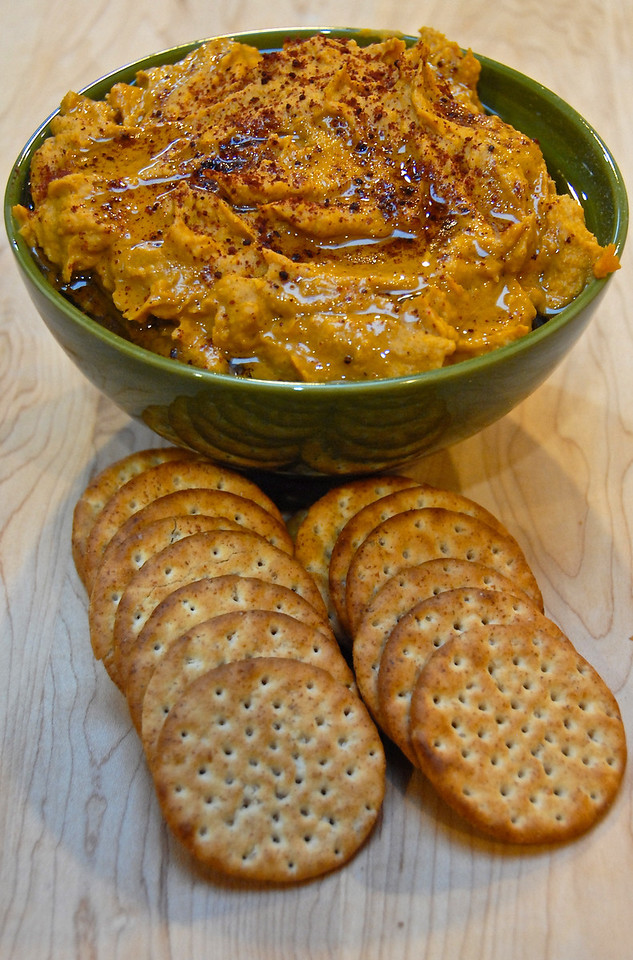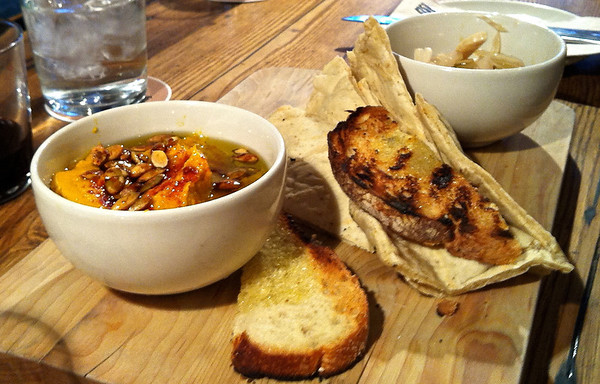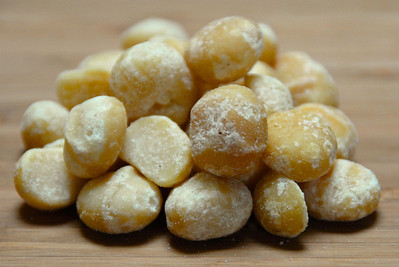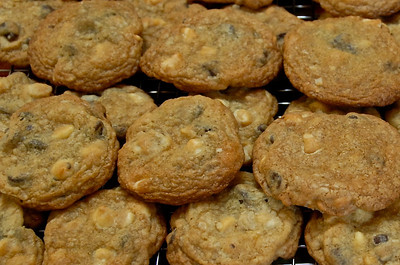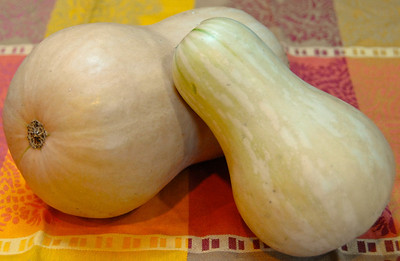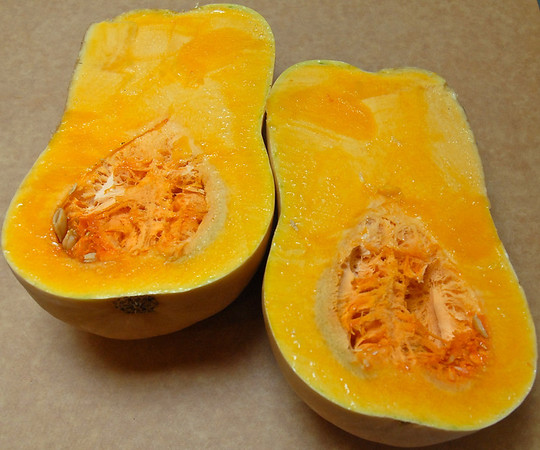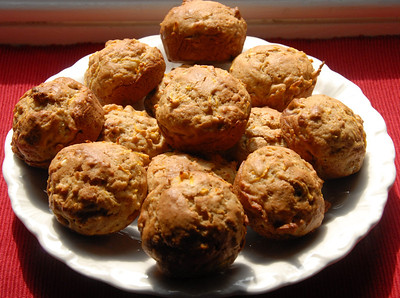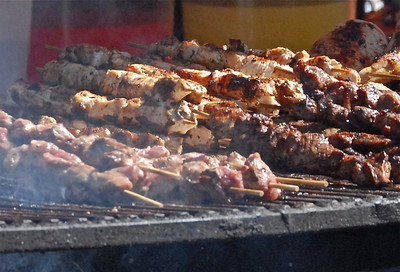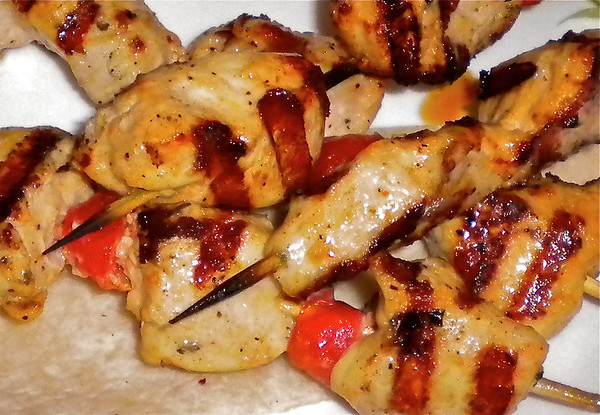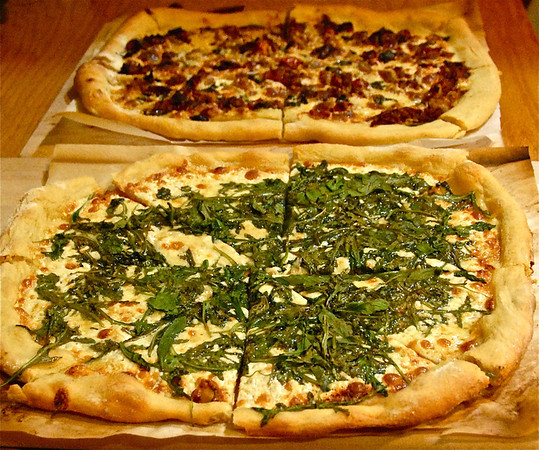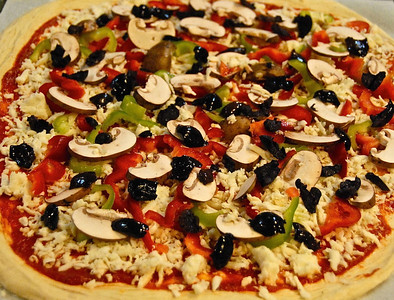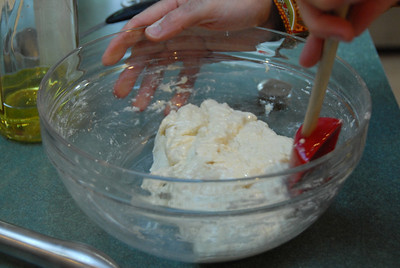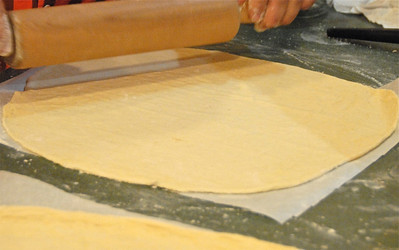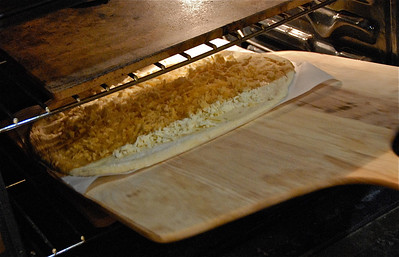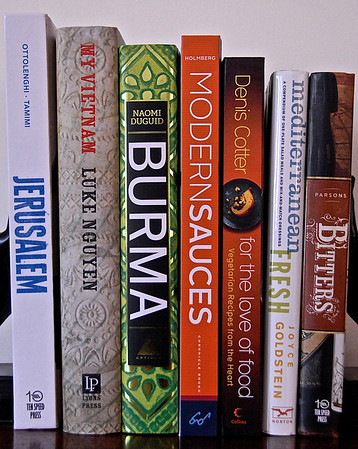
As a food writer, occasional reviewer and all-around fan of cookbooks, I have a long list of favorite books. Each year the lineup grows to include recent publications as well as titles new to my collection. Below are the best from my 2012 acquisitions. Whether you’re holiday shopping or just browsing for yourself, the following will be wonderful additions to any kitchen shelf. Next week . . . a few fabulous baking and culinary history books.
For the Love of Food by Denis Cotter (Collins, 2011)
In his fourth cookbook Irish chef and restauranteur Denis Cotter serves up a wealth of quick, flavorful vegetarian recipes. Over the course of nine chapters he covers such sumptuous dishes as Portobello and roast tomato florentine, orecchiette with broad beans and baby courgettes, and citrus, sultana and maple rice pudding with raspberries. Once again, Cotter offers creative meals that will delight both vegetarians and meat-eaters.
Burma by Naomi Duguid (Artisan, 2012)
Maybe you love to learn about exotic lands. Perhaps you crave a new cuisine to cook. In either case you’ll want to explore Burma. In this beautifully photographed tome Naomi Duguid takes readers on a cultural and culinary journey through this formerly isolated region. Through 125 detailed recipes she exposes the warmth and exoticism of the Southeast Asian country known as Burma or Myanmar.
Mediterranean Fresh by Joyce Goldstein (Norton, 2008)
If you know someone who wants to eat more healthfully and interestingly, then Mediterranean Fresh is the cookbook to give to him. Featuring 110 salad and 30 dressing recipes, Joyce Goldstein’s book showcases the wholesome ingredients and flavors of the Mediterranean. As the book jacket claims, “there is more to salads than the salad bar.”
Modern Sauces by Martha Holmberg (Chronicle Books, 2012)
One part reference manual plus one part techniques class plus one part recipe book equals an invaluable cookbook. In Modern Sauces Martha Holmberg shows how to create such classics as bechamel, hollandaise and sabayon and use them in such modern dishes as smoked salmon Benedict bites and rum-soaked prune and frangipane tart with maple-rum sabayon. Featuring over 150 recipes and handy tips, Holmberg’s book is a must-have for any serious cook.
My Vietnam by Luke Nguyen (Lyons Press, 2011)
As a fan of Vietnamese cuisine and a recent traveler in Vietnam, I am smitten with Luke Nguyen’s personal look at regional Vietnamese cooking. To learn why, see my January 2012 review at Zester Daily.
Jerusalem by Yotam Ottolenghi and Sami Tamimi (Ten Speed Press, 2012)
Last year I recommended both Ottolenghi and Plenty as holiday gifts. This year I’m touting Ottolenghi’s and Tamimi’s exploration of their homeland, Jerusalem. With gorgeous, illustrative photographs and easy-to-follow recipes for such dishes as marinated sweet and sour fish and semolina, coconut and marmalade cake it’s sure to become a favorite of yours/your gift recipient.
Bitters by Brad Thomas Parsons (Ten Speed Press, 2011)
Brad Thomas Parsons provides readers with a fascinating look at the storied cocktail ingredient bitters. Through histories, engaging anecdotes, flavor profiles and recipes for both classic and modern drinks, he takes the mystery out of this powerful and aromatic spirit. Even if you never mix a “Horse’s Neck” or own a bottle of bitters, you’ll enjoy reading this engaging book.
